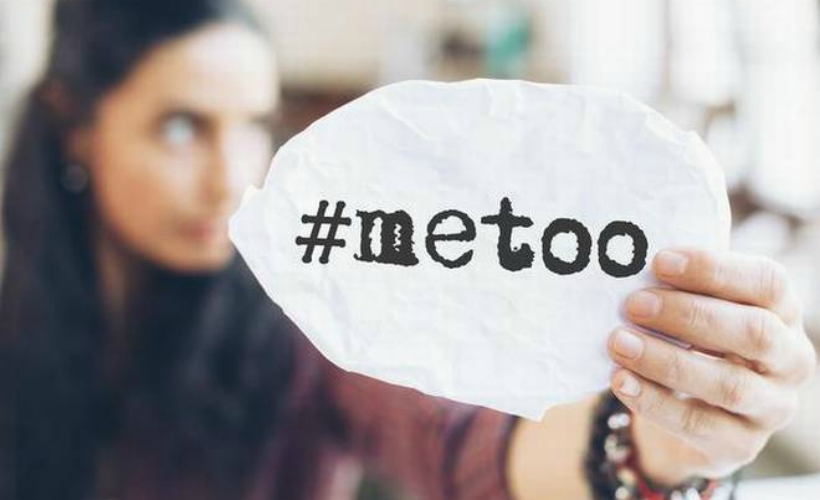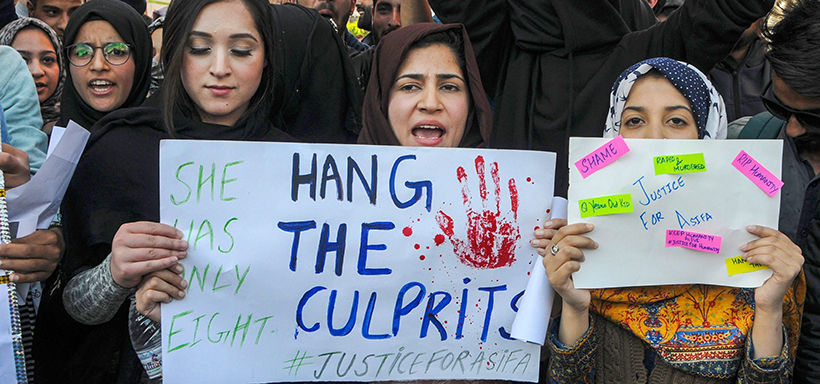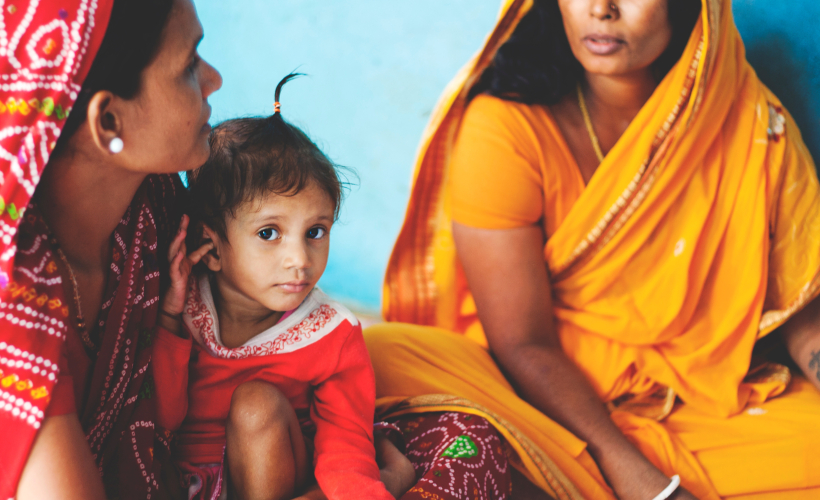
On June 26, the Thomson Reuters Foundation published its results that rank the worst 10 places in the world to be a woman. The 2018 survey differs from its 2011 predecessor in that its ranking is expanded to 10 countries in place of five. Five places that are dangerous to be a woman in, it seems, is not nearly enough to cover ground.
The ranking stands as follows:
- India
- Afghanistan
- Syria
- Somalia
- Saudi Arabia
- Pakistan
- Democratic Republic of Congo
- Yemen
- Nigeria
- United States of America
Clearly not a list any nation wants to top, some of the entrants are not entirely surprising. Countries at war and civilisations ravaged in their wake are particularly hostile environments for women. Risks like domestic violence and discrimination were also part of the assessment while other measures included healthcare, economic resources and discrimination, cultural, tribal, religious or customary practices, sexual violence and harassment, non-sexual violence, and human trafficking.
A Word on Methodology
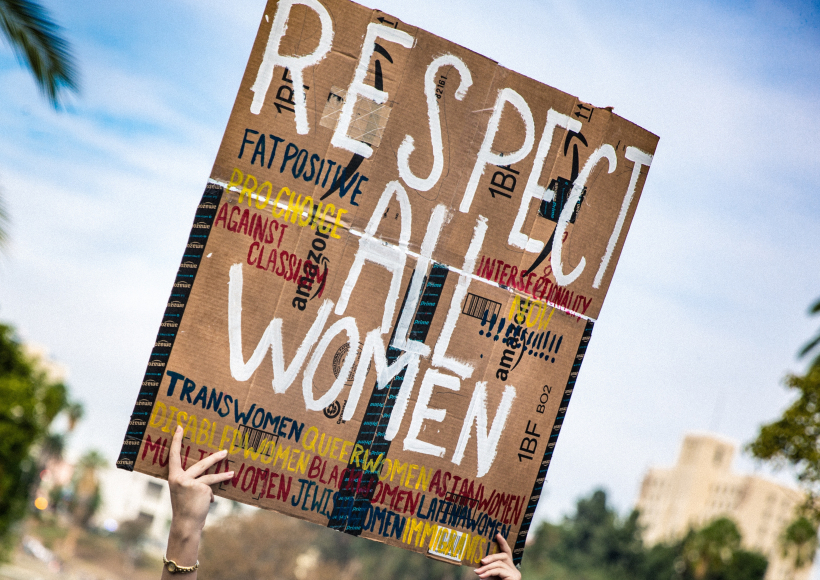
Assessing safety or its lack thereof can be tricky. A widely-used norm is assigning a quantified value of reported crimes and documented statistics, which brings up the challenge of how many crimes do get reported and if those reports are documented accurately. The survey asked respondents to rank countries on the criteria set, and included interviews in person or telephonically.
It’s worth noting that the respondents are field experts in aid and development, academics, health workers, policymakers, non-governmental organisation workers, journalists, and social commentators. Ostensibly, their information is on ground, in real time and, more importantly, based on stories from victims instead of numbers on a page.
Even then, there’s been some criticism for the fact that the respondents were asked to rank countries, and this requires comparative analysis. There’s a risk that the challenges witnessed by experts are specific to their location, and because it is a perception poll, some information may be self-perpetuating. However, the methodology was the same as that used in 2011, and the fact that the rankings have moved is an indication that perceptions as well as reality has moved as well.
What Cannot Be Quantified
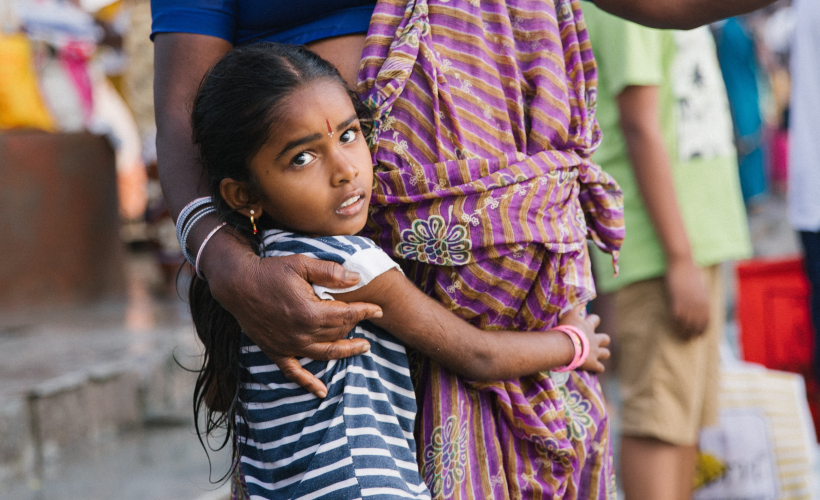
The survey findings also collate stories and human experiences of strife borne of gender. No formal questionnaire or analysis can capture the feeling of unsafety that women experience on their way to work, at work (if they have the privilege of being able to work), on their way to school, at school (if they have the privilege of being able to attend school), or the danger that they face at home (if their privilege doesn’t afford opportunities outside of home). As one woman contributed via Twitter, “The way they look at girls. The way they check you out. The way they follow you. It’s kind of disgusting.”
Some non-punishable acts of human interaction are as abhorrent and as threatening to women around the world. In India, there’s been a vicious trend of targeting and trolling women online who dare to voice an opinion contrary to mainstream sentiment, or in some cases, any opinion at all. These range from contempt to the threat of physical violence and sexual assault, thereby also uncovering a dimension of women’s safety that the Thomson Reuters Foundation have yet to explore, and confirming the risks are not simply perceived, but very real.
To see the full survey results and methodology, click here.

